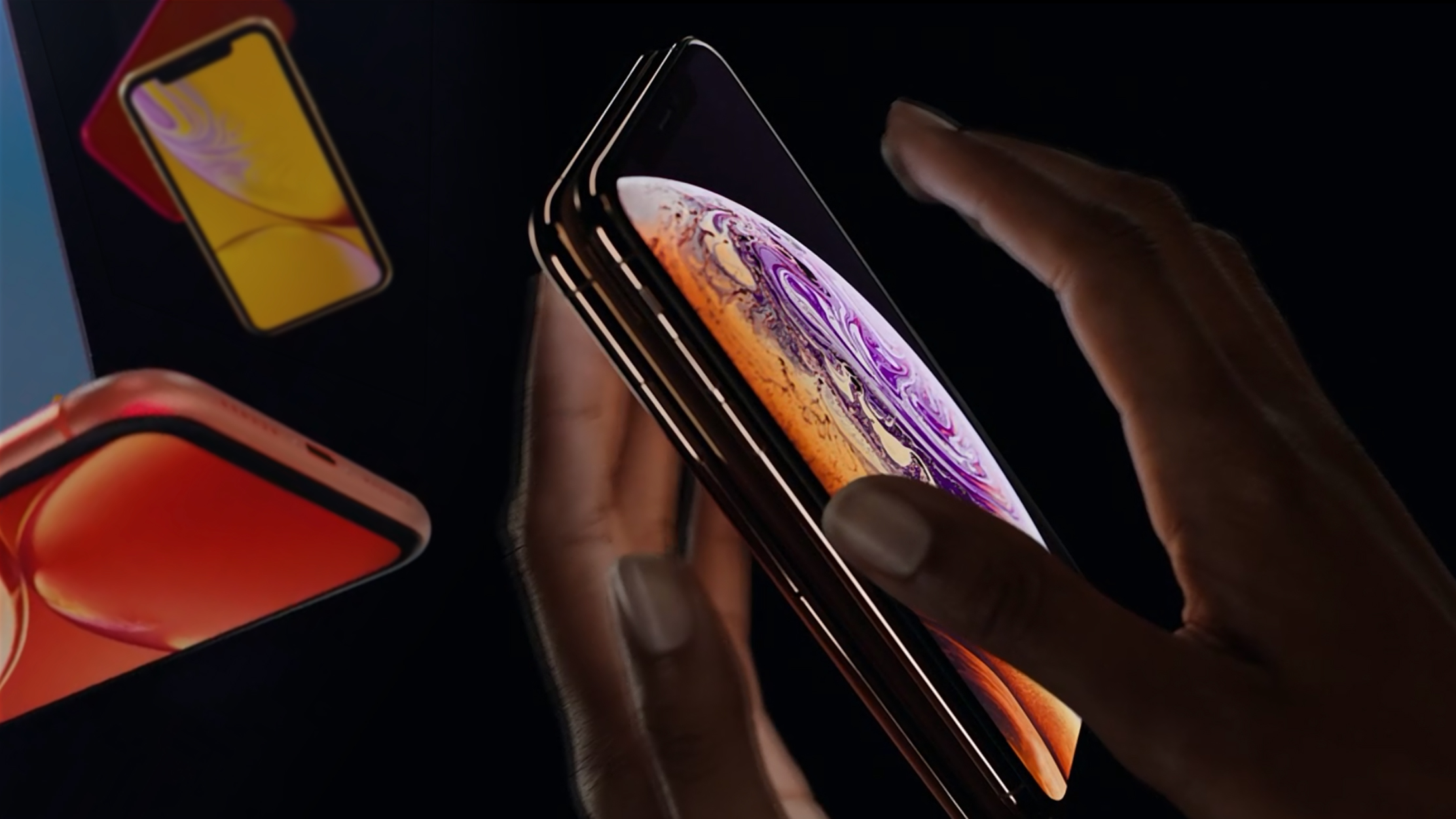Apple’s trio of new iPhones point to the best and worst of Apple
We’ve elsewhere covered the ins and outs of Apple’s September 2018 event. Three new iPhones join the line-up, which unceremoniously expels the iPhone X, and points to an uncertain future for the SE. But what do all the new features and specs really mean? And what do they say about Apple? Here’s what…
To the Max!
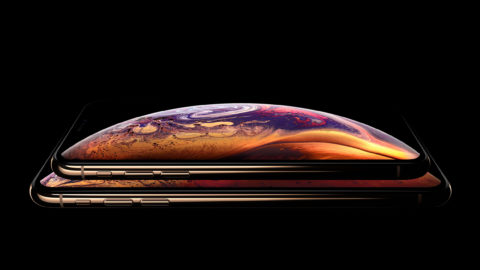
Apple’s flagship morphed into flagships (plural). There’s the iPhone XS to replace the iPhone X, but also the iPhone XS Max. In a first for the iPhone line, the top two units are broadly identical.
In other words, the choice you’re being asked to make now primarily centers around screen and device size. Bar a larger and longer-lasting battery in the Max, its innards are identical to its smaller sibling.
So plump for the iPhone XS and you’re not compromising on screen sharpness, camera quality, and performance. That’s very different from when the Plus models appeared, getting exciting new toys while the standard iPhones had to make do with something less.
Screen time
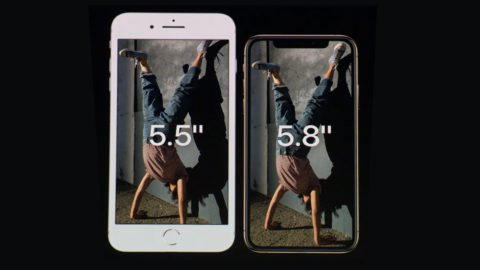
On watching Apple’s event, much was made about screen diagonals. We repeatedly heard its edge-to-edge displays packed more screen into areas that in older iPhones are given over to bezels and controls. But that’s only half the story.
The iPhone X (and now XS) has a Plus-size display in a smaller case, but it’s longer and narrower, and has more pixels per inch. When you consider points instead – the amount of ‘stuff’ you can see – the end result is very different.
The iPhone 8 Plus displays 736×414 points, and the iPhone X 812×375. So you’re really getting a taller and narrower display. Depending on the content you consume or make on your phone, that may or may not be an advantage.
Apple tried a similar trick with the iPhone XR, but again it’s not just about the diagonal. That display has 1792×828 pixels at 326ppi – the same density as on the iPhone 8. That phone’s display is no slouch, but it lacks the sharpness of the Plus models, the X and the XS line. Also, in a modern 6.1-inch iPhone, you might argue Full HD (1920×1080) should now be a given.
iPhone Excess
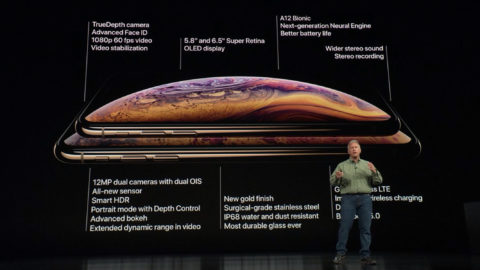
Apple wants you to pronounce the new iPhones Ten-Ess, but it’s inevitable they’ll be called the iPhone Excess. And excess can be a good or a bad thing, depending on the definition.
If you talk about a surplus or an overabundance, the new iPhones have that in terms of power and performance. For a mobile computing device you carry around, that’s useful, whether you mostly use it for photos and email, or ambitious creative fare like video, music, and art.
But excess can also mean a lack of restraint, and the price-tags of these devices are starting to strain at the boundaries of what’s reasonable. Last year, people baulked at paying a grand for a phone, but remember that iPhone X only started at $999/£999. This year, the 512GB option ramps up the high-end, and the XS Max adds another hundred bucks. The notion of spending $1449/£1449 on a phone just feels wrong.
Snap happy
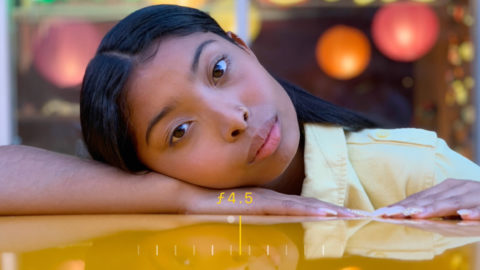
The biggest wow moment during Apple’s event was a demo about new camera capabilities found in Apple’s new phones. As Portrait mode users know, modern iPhones can shoot amazing imagery that blurs backgrounds – what’s referred to in professional circles as a bokeh effect. Soon, iPhone XS and XR users will be able to adjust the depth of field in portraits in Photos – just by using a slider.
As Apple exec Phil Schiller, giddy with excitement while on stage, noted: ”This is done after you’ve taken [a photo]. This has not been possible in photography with any kind of camera.” So, again, the biggest takeaway from Apple’s event was that the iPhone isn’t just about specs – it’s about that perfect combination and integration of hardware and software that only Apple has the capability to provide.
